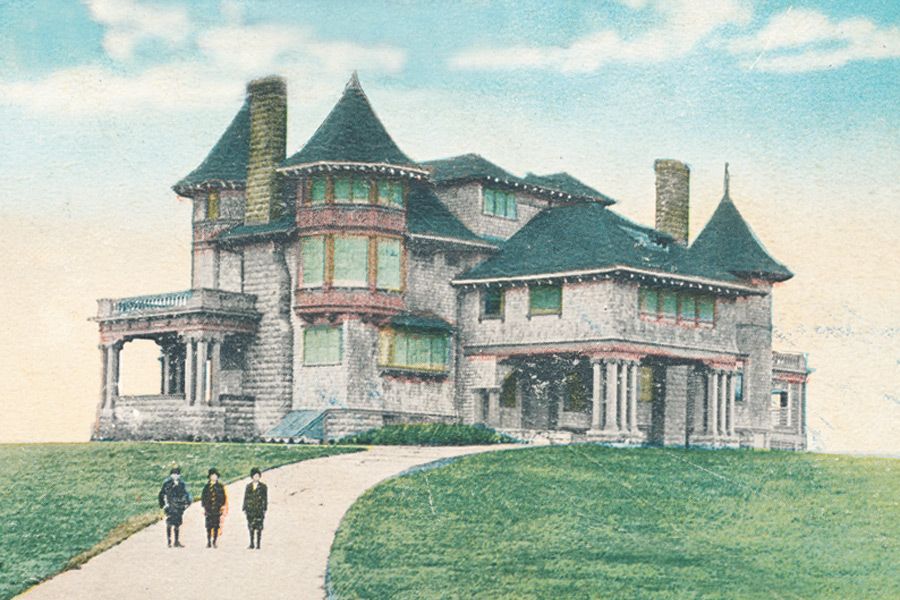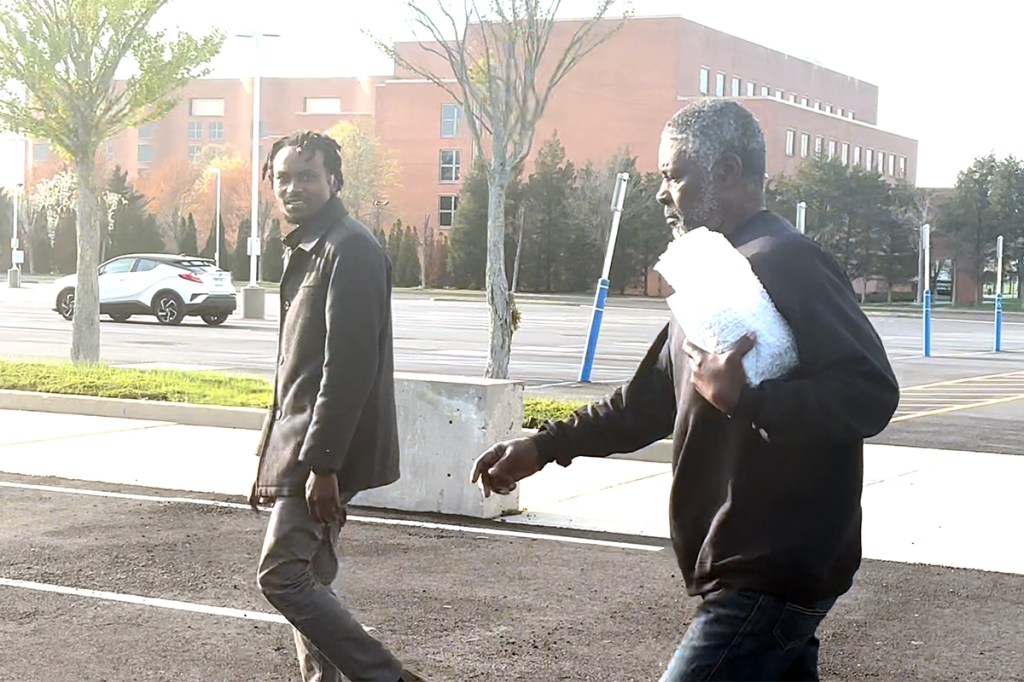A Brief History of Cormaria and the Man Who Built it in Sag Harbor

Right along the waterfront in Sag Harbor stands a rather grand mansion—you might have seen it while walking in a westerly direction along Havens Beach.
Called Cormaria, it’s the former summer residence of Frank Colton Havens (1848–1917), who was a lawyer and businessman instrumental in the development of the San Francisco Bay Area. He built his Sag Harbor “summer cottage” in 1905, sparing no expense. Hardwood paneling, French plate glass windows, a grand stairwell ascending from the ground floor to the attic—lit by a large stained glass window from Tiffany Studios. It was one of the grandest Sag Harbor mansions of its day, as befitted the status of Frank Colton Havens.
Born in Sag Harbor into founding families of Shelter Island and Sag Harbor, Havens came of age when the village was in decline, its whaling industry all but washed up. So he went west to seek his fortune in California. He worked as a shipping magnate and lawyer in San Francisco during its boom years, but made his lasting mark in real estate, buying and selling large tracts of suburban San Francisco when the city was in the midst of its 19th-century expansion.
Havens’ partner in real estate was none other than “The Borax King” Francis Marion Smith, who had practically cornered the market on borax. Together, Smith and Havens established the Key System, a streetcar transit system that connected the East Bay area—including the cities of Oakland, Berkeley and Piedmont—to San Francisco via trolley and ferry. This made land in these suburbs much more desirable, and Havens and Smith made a killing. They also built the landmark Claremont Hotel in Oakland.
Not everything Havens touched turned to gold. His Mahogany Eucalyptus and Land Company, premised on the commercial potential of eucalyptus as a building material, flopped spectacularly when the trees proved to make for poor lumber. But the people of San Francisco have Havens to thank for the groves of eucalyptus that still stand around the East Bay.
Havens lived most of the year in a four-story mansion he built for himself in Piedmont. Unlike his Sag Harbor manse, Havens’ California home reflected the influence of Chinese and Japanese architecture and design, which is not surprising—at the time San Francisco was the major transit point for Chinese immigration into the U.S. Havens also traveled extensively in China and brought back many artifacts.
After his death, Havens’ widow Lila inherited the Sag Harbor home, which eventually was purchased by the Religious of the Sacred Heart of Mary, a Roman Catholic order. In 1943, the order turned the building into a finishing school for Catholic girls—calling the school “Cormaria.” In 1949, the school became a retreat center for women only.
Today, Cormaria continues to function as a religious retreat center run by the Religious of the Sacred Heart of Mary, now admitting both men and women. Because of an addition that was added in 1960, Cormaria can house up to 72 guests. These retreat participants are often seen strolling Cormaria’s ample grounds and waterfront, seeking spiritual illumination in a beautiful East End setting.
Havens was a seeker himself, though his interests lay in Eastern religion and meditation. His California home even featured an opium-smoking bed! Needless to say, you won’t find one at Cormaria.




